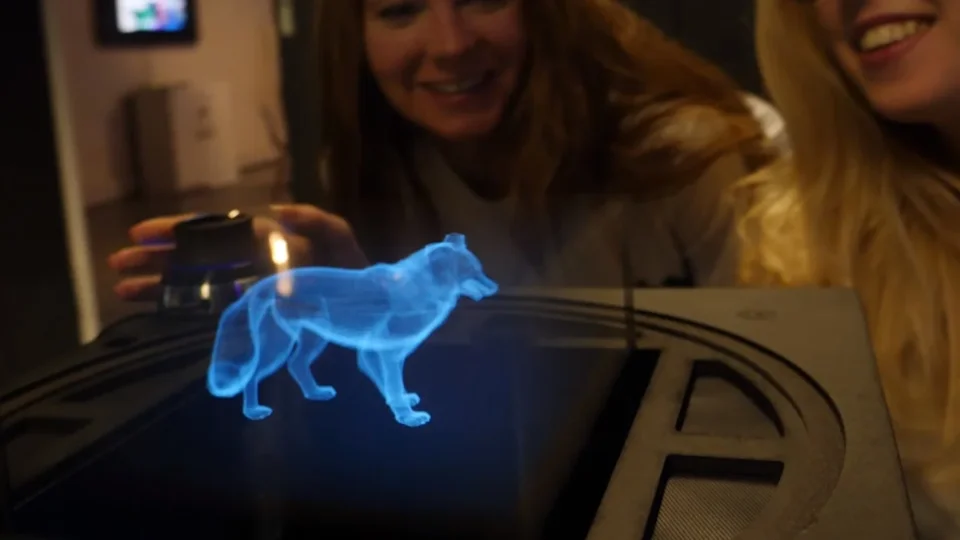top 5 experiential tech trends
Staying one step ahead of the latest innovations in technology and knowing how to best use these to deliver meaningful experiences for our clients is what drives us here at Solarflare Studio.
The last year has seen advances across the field from AI to MR, holograms to haptics. Below are our top 5 technologies we are working with at the moment
Want to explore the possibilities of new technologies? Get in touch to explore ideas.
Want to explore the possibilities of new technologies? Get in touch to explore ideas.

AI
Artificial intelligence seems to be everywhere at the moment and we are constantly being asked how we can add AI to experiences as though it’s a sauce you sprinkle on top. AI can be very good at some things, making the almost impossible happen, like turning everyone’s painting skills into a grandmaster or predicting how you like your coffee before you’ve even given the barista your name.
A powerful example is the SWAPP project where users can insert their faces into ads before sharing on social media.We are currently working on a very exciting project for a TV show using DeepFake which will be aired soon, case study to follow.

Neural interfaces
This technology comes in a few flavors like Myndplay or Neurable as well as Emteq or Tobii with a simple headband to read our subconscious thoughts. The potential is huge, knowing if you like a product without being asked or tailoring interactive content to your attention span. The more sophisticated devices are more accurate and can read a wider range of intentions. There are some practical challenges like pre-training and good skin contact but for the right experience, they can provide critical and objective insights that are hard to capture any other way.
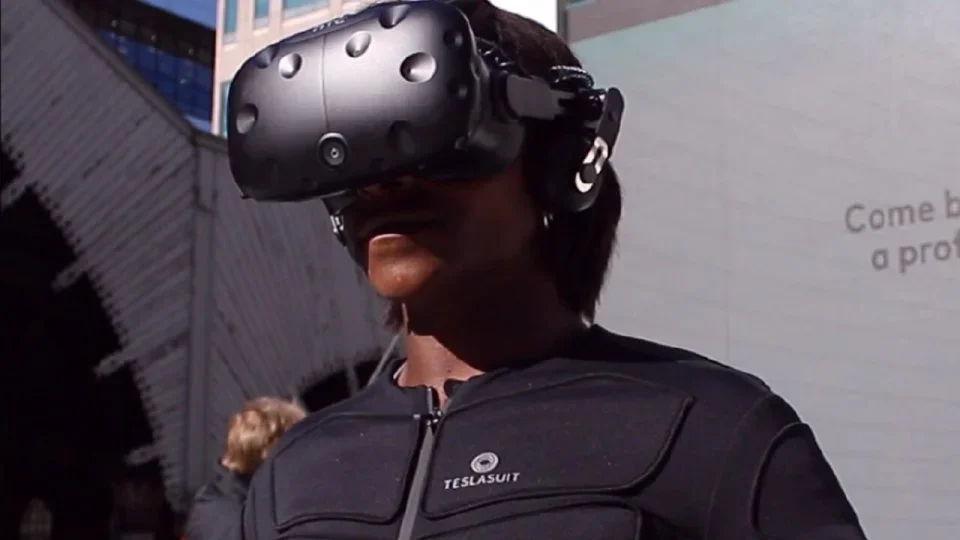
Haptics
The science of touch, over the years we have seen many technologies come and go as they try to provide a deeper experience than vision and audio alone. The hardware has always been a bit cumbersome involving motors that burn out and price tags that only research labs can stretch to. Recently though a new breed of devices like Ultrahaptics, Teslasuit and Woojer have made this tech more accessible to experiential. Lack of moving parts makes for more reliable tech and lower price points make them more accessible. A recent project we worked on for the Rugby World Cup and Mastercard used the Teslasuit to simulate the feeling of being tackled by a member of the English rugby team while in VR, the suit could literally knock you off your feet.
Holograms
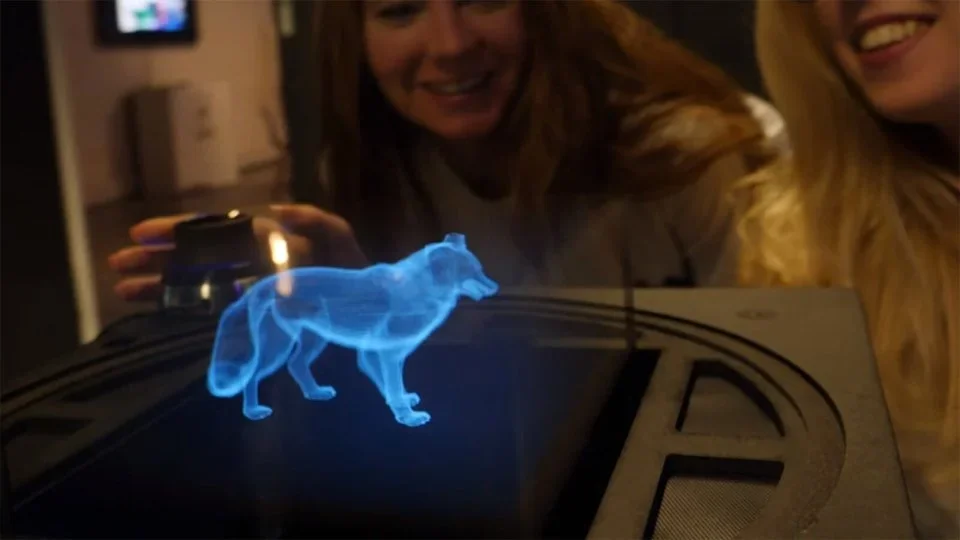
Used to describe any image that appears to float in mid-air remains incredibly popular with new technologies appearing that offer more flexible viewing options. We recently tried out the Voxon display a true volumetric display capable of showing animated 3D content, viewable from any angle without wearing glasses and multiple viewers. An impressive and eye-catching image for product display, medical imaging, seismic data, etc. Other notable displays we’ve used to great effect include the Hypervsn a spinning LED screen – vibrant, transparent images viewable from a long distance away, ideal as a point of sale or attention-grabbing at events, can be synchronised into a large wall display. Magic Leap and the new HoloLens2 AR headsets offer massive potential, projecting 3D holograms into wearers eyes as they walk around. Perfect for events and revealing additional information as users look at real objects, multiple headsets can be networked together for collaborative experiences. study to follow.
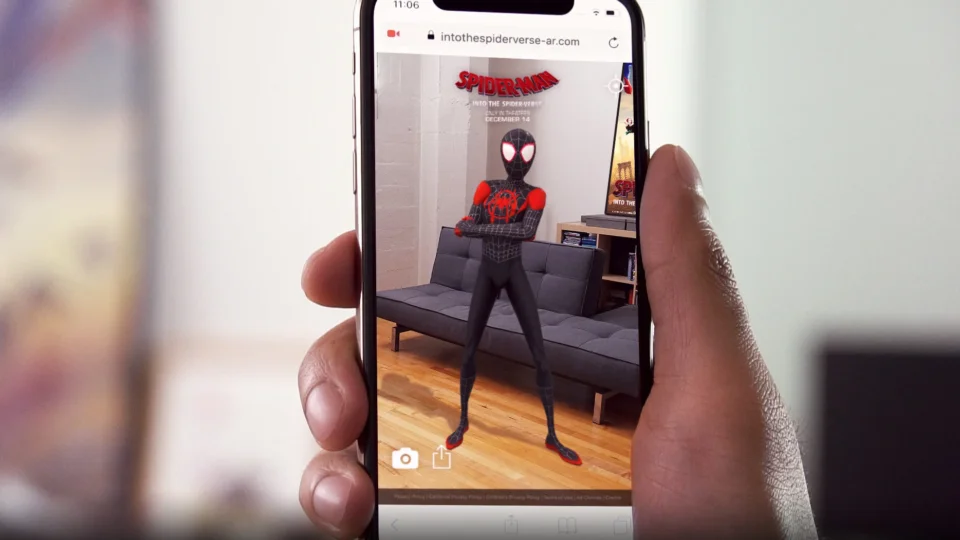
WEB AR
Most modern phones now support this format, an NFC tap or a QR scan and your browser jumps to a full-screen camera view with AR content reacting to your location or whatever you’re looking at. People love AR but won’t download an app just to experience it, WebAR provides a frictionless AR experience, all the fun of AR on your mobile without the need to download an app. With the recent performance improvements, content can now be rich and realistic.
We’re always looking to expand our network of creative collaborators, from technical specialists to people that work in more traditional art forms. LAUNCH exists to blend the barriers between creative practices and new tech. Get in touch to explore ideas.
